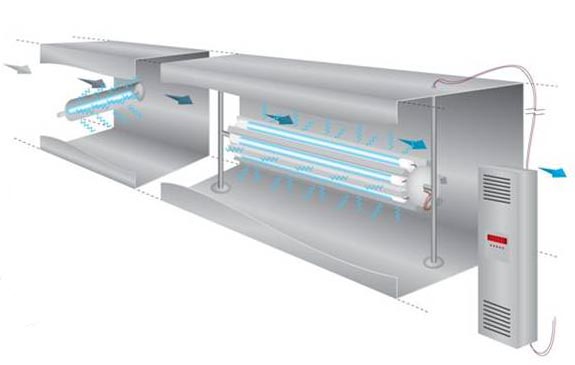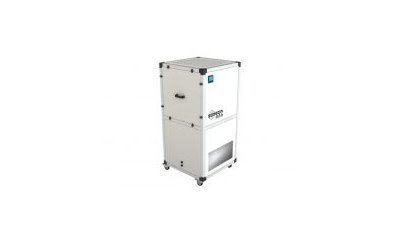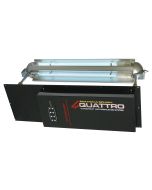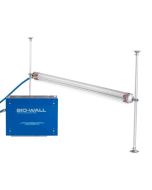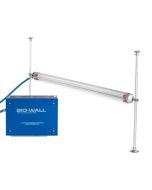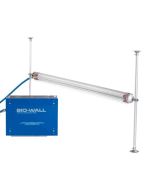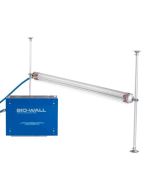Covid Safe Ventilation Of Buildings
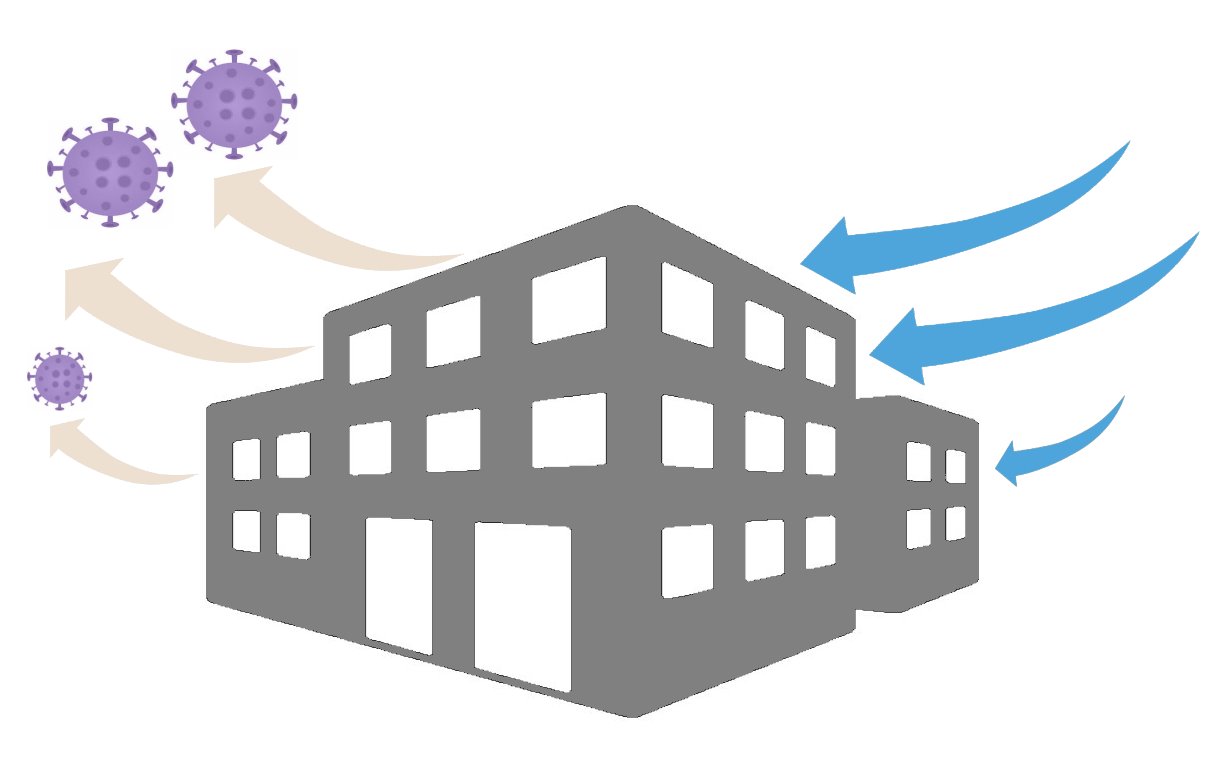
Covid safe Ventilation of Buildings
As the ‘Lockdown’ is eased and staff return to workplaces there is an increased realisation of the need for adequate ventilation not only for worker and customer comfort, but also to minimise transmission of infectious diseases, including covid-19.
Covid safe ventilation of buildings is now understood to be vital to getting economic productivity growing again.
By ventilation, we mean the replacement of stale, and possible contaminated, air with fresh air from outside the building. Although Covid-19 is the current issue, it is the same with any airborne viral contaminant. The air in the building is a potential conduit for infection from the infected to the uninfected. Continuous fresh air supply has the effect of diluting the viral concentration in the air. Buildings that are not ventilated enable the viral concentration to build over time.
Understanding that there is a need for Covid safe ventilation of buildings, the UK Health and Safety Executive (HSE) have issued Guidance on Ventilation and Air Conditioning during the Coronavirus outbreak which includes as its opening paragraphs:-
General ventilation. Employers must, by law, ensure an adequate supply of fresh air in the workplace and this has not changed. Good ventilation can help reduce the risk of spreading coronavirus, so focus on improving general ventilation, preferably through fresh air or mechanical systems. Where possible, consider ways to maintain and increase the supply of fresh air, for example, by opening windows and doors (unless fire doors). Also consider if you can improve the circulation of outside air and prevent pockets of stagnant air in occupied spaces. You can do this by using ceiling fans or desk fans for example, provided good ventilation is maintained. The risk of transmission through the use of ceiling and desk fans is extremely low providing there is good ventilation in the area it is being used, preferably provided by fresh air.
Air conditioning. The risk of air conditioning spreading coronavirus (COVID-19) in the workplace is extremely low as long as there is an adequate supply of fresh air and ventilation. You can continue using most types of air conditioning system as normal. But, if you use a centralised ventilation system that removes and circulates air to different rooms it is recommended that you turn off recirculation and use a fresh air supply. You do not need to adjust air conditioning systems that mix some of the extracted air with fresh air and return it to the room as this increases the fresh air ventilation rate. Also, you do not need to adjust systems in individual rooms or portable units as these operate on 100% recirculation. You should still however maintain a good supply of fresh air ventilation in the room.
The emphasis from HSE is clear. For Covid safe ventilation you need fresh air.
Covid Safe Ventilation - Long Term Solution or Short Term Fix?
This is the most topical of questions and it is exercising the owners and managers of work places and commercial spaces across the country and of course no one knows the answer because we don't know how long the pandemic is going to remain a threat to our workplaces.
A short term fix to Covid safe ventilation is to use temporary ventilation. This can be as simple as using a combination of an industrial portable ventilator and some flexible ducting. A permanent installed installation would require at least installed fan(s) and installed ducting.
But there are two problems, firstly to work out how much fresh air is necessary and secondly the loss of heat in winter. In the summer the short term fix is easy - air may be introduced naturally via open door(s) and/or mechanically by using portable ventilation fan(s) either blowing fresh air in or pulling stale air out with the balancing flow coming via open windows and doors. However, as the summer draws to a close and the prospect of having to heat a large volume of fresh air looms large, attention is increasingly turning to permanently installed solutions complete with heating and/or heat recovery.
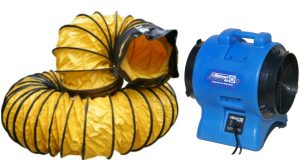
A short term fix. Portable ventilator and duct. Fast, versatile and cost effective
Covid Safe Ventilation - How Much Fresh Air?
In the UK, legislation exists setting appropriate standards for fresh air change rates. Building Regulations set out the minimum requirements for ventilation for new building construction. Approved document F (2010) expresses air change rates in a number of different ways:
- air changes per hour.
- litres per second (l/s).
- l/s per m2 of internal floor area.
- l/s per piece of equipment.
- l/s per person.
The most commonly used expression of ventilation rate is air changes per hour and this terminology is widely used to guide ventilation rates for different types of application. The following table is generic and similar to others developed over the years before the current pandemic.
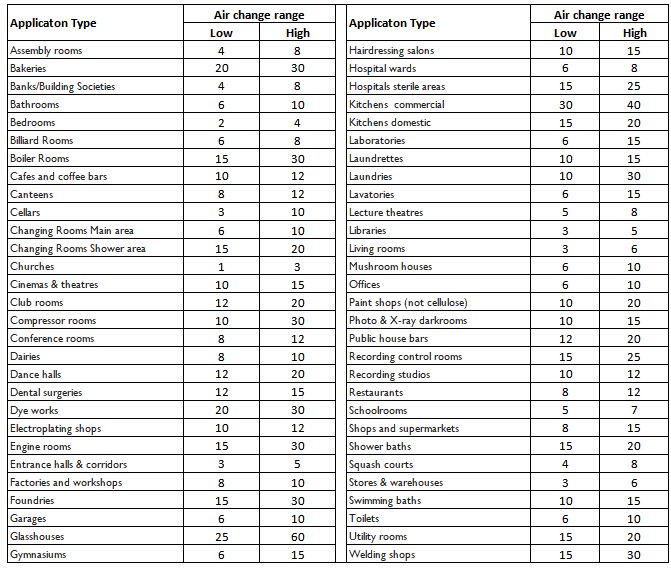
In the light of the Covid-19 pandemic of 2020 and the possibility of further waves of this and other Coronaviruses in the future, employers need to consider if their buildings offer the occupants Covid safe ventilation rates.
We have seen that many bodies representing different sectors are revising guidelines to specifically address their members concerns about Covid safe ventilation - dentists, healthcare, education, and building services to name but a few. The common thread to new Covid safe ventilation guidelines for the various sectors is that a far greater quantity of fresh air needs to be supplied.
In recent months we have discovered that even the basic ventilation rate of many buildings falls woefully short of even pre-covid guidelines (table above). Building managers will need to work out if their buildings can offer satisfactory ventilation rates based on pre-covid standards, and if the current risk of covid-19 means that the rate should be increased.
Covid Safe Ventilation - Crunching the numbers
An example. A room 10m x 10m x 4 m height has a volume of 400m3. If the room is ventilated at 1 air change an hour the resulting airflow is 400m3/h. A higher ventilation rate of, say, 4 air changes per hour would mean an air flow of 1600m3/hr. If the room is being ventilated at a rate of 100% fresh air, this means that there is 1600m3/hr of fresh air coming into the room.
However be aware that sometimes the term ‘air change rate’ is applied to ‘supply’ air.
Taking our example, if the room has 4 air changes of supply air and 25% is fresh, that means that 75% is recirculated through an air handling unit. So this means that the fresh air change rate is only 1 air change per hour. In terms of air flow it means that 400m3/hr of fresh is coming into the room and 1200m3/hr is being recirculated. The total supply to the room is 1600m3/hr. 4 air changes per hour supply, 1 air change per hour of fresh air, and 3 air changes per hour of recirculated air.
Covid Safe Ventilation - Permanent Remedies
Across the country in buildings where there are mechanical ventilation systems, the air handling units are being adjusted to increase the ratio of
fresh air to recirculated air. In buildings where there is no mechanical ventilation employers must work out how to bring reliable large volumes of air into those building through open windows and doors using a variety of portable fans and flexible ducting.
But there is a problem as we move out of the the summer and into the colder seasons - if this fresh air is cold there will be either a huge impact on the comfort of employees/customers or on the heating bill of the owner/employer or both. For some applications the additional heat will be within the capabilities of the existing system, however others will find that there is a heating gap to fill.
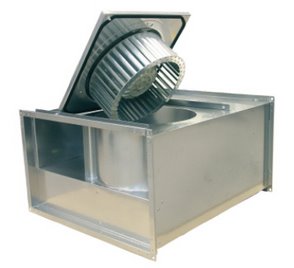
A typical duct fan from the KT range
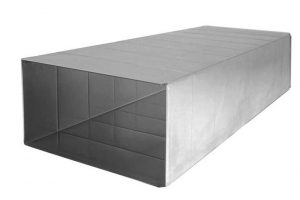
Galvanised mild steel ducting
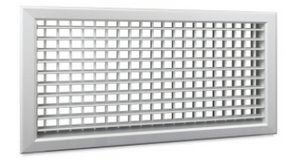
Supply grilles
But there is a problem as we move out of the the summer and into the colder seasons - if this fresh air is cold there will be either a huge impact on the comfort of employees/customers or on the heating bill of the owner/employer or both. For some applications the additional heat will be within the capabilities of the existing system, however others will find that there is a heating gap to fill.
In cases where the Covid safe ventilation system is to be installed, in other words, a long term solution, a heat recovery ventilation system is well worth looking into. These typically have the exhaust air leaving the building through the same 'box' as the fresh air coming into the building. Inside the 'box' there is a heat exchanger that can reclaim 70% to 85% of the heat energy from the exhaust air and use it to preheat the fresh air coming into the building. As well as saving energy in winter they can also help cool the building in summer if you have air conditioning.
The big benefit to a heat recovery unit in these uncertain times is buildings can be made safer by having higher rates of fresh air supply without a vastly increasing the heating and cooling cost.
Covid Safe Ventilation - Heat Recovery Solutions
This basic ventilation and heat exchange system comes in many forms and sizes from small commercial and domestic scale units right up to large industrial units. The smaller heat recovery units tend to use counter flow heat exchanger blocks, whilst larger heat recovery units tend to be fitted with rotating heat recovery wheels, also known as thermal wheels.
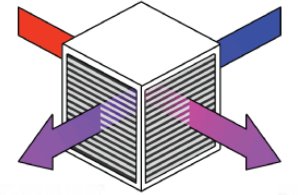
Counter flow heat recovery
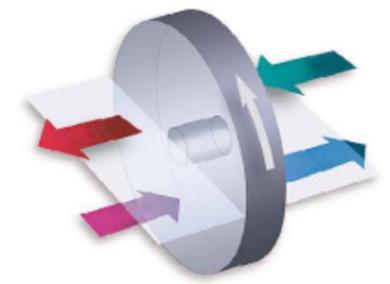 Thermal wheel heat recovery
Thermal wheel heat recovery
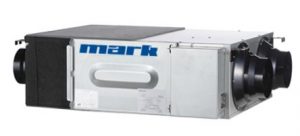
Our range starts with Mark ERV units.
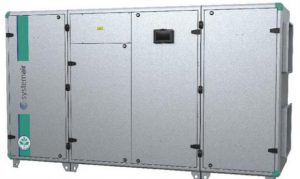
Larger heat recovery ventilation is offered by Topvex air handling units.
These heat exchange mechanisms are built into machines of various configurations and sizes. Some are of a shallow profile and designed to be installed above ceilings to neatly hide the unit and ducting. Larger units such as the Topvex range are upright and would typically be floor mounted or perhaps hung form roof support structures.
What these machines all share is some form of heat recovery, two fans (for the supply and exhaust flows), and some basic grade filters. The Topvex range offers further offers numerous options for heating, cooling, control and levels of filtration.
We have over 250 options on our website - take the pain out of your search and contact us to discuss your specific needs.
Please contact us on 0845 6880112 or email in[email protected] with your project details.
Looking for a portable solution? Find out more about the Broughton VF300 air ventilation fan.
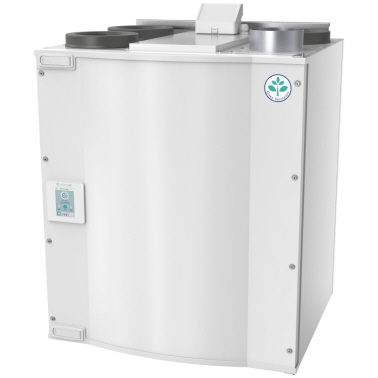
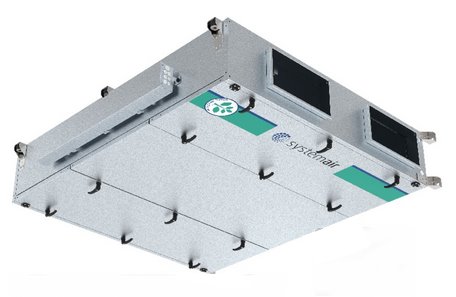
Read next: Intrinsically Safe Extractor Fans

